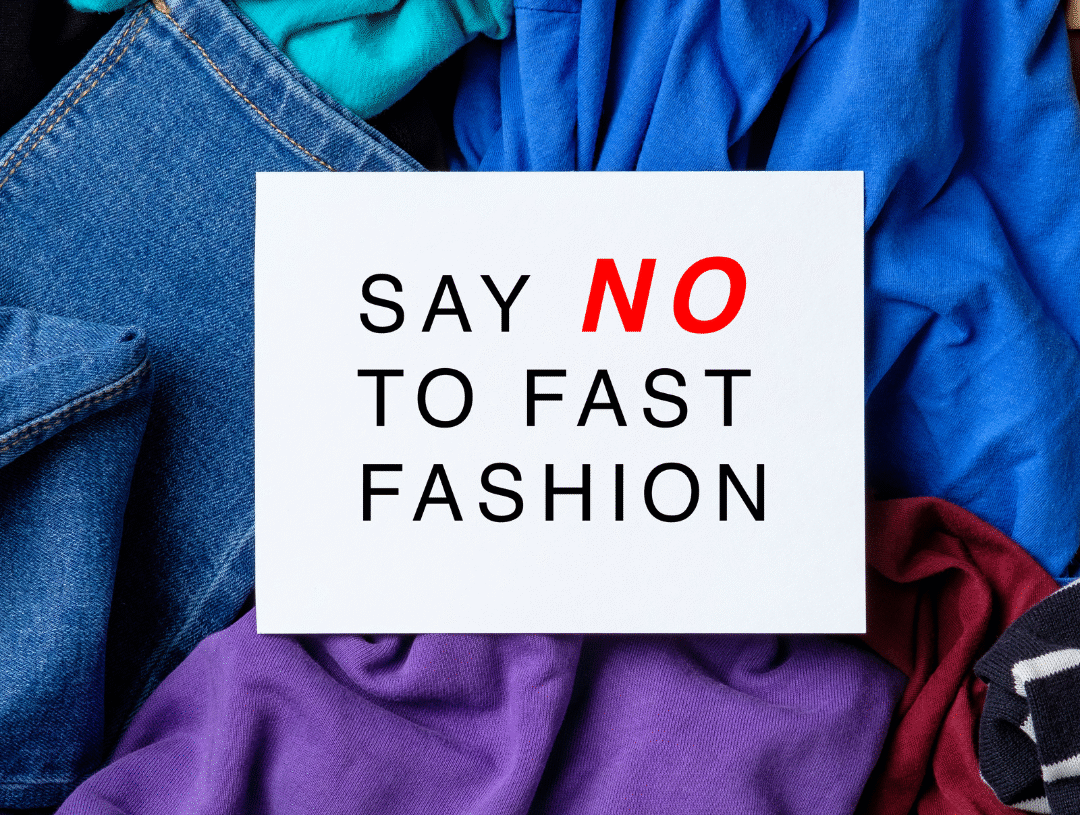The fashion industry has always been a trendsetter, but a new trend has recently emerged in fast fashion. This trend has rapidly become one of the most popular ways to buy clothes, but what exactly is it?
And how is it impacting our environment? In this article, we’ll explore the concept of fast fashion and discuss how it’s affecting the world around us.
Introduction to Fast Fashion
Fast fashion is an item of clothing designed to be produced quickly and cheaply to keep up with the latest trends. As a result, fast fashion garments are often made from lower-quality materials, which means they last only a short time. They also require a lot of energy and water to produce.
Moreover, the fast fashion industry is one of the most significant contributors to textile waste. In the United States alone, we discard an estimated 13 million tons of textile waste each year, most of which ends up in landfills. And globally, it’s estimated that only 1% of all clothes donated to charity are resold or reused; the rest end up in landfill too.
The good news is that there are ways we can all shop more sustainably. By being more mindful of the clothing we buy and how often we wear it, we can help reduce our environmental impact. And by supporting brands committed to sustainable practices, we can vote with our wallets for a better future for fashion.
Impact of Fast Fashion on the Environment
The average person in the United States throws away about 82 pounds of textile waste annually. Much of this waste comes from fast fashion, a term used for clothing designed to be produced quickly and cheaply. Unfortunately, the environmental impact of fast fashion is enormous.
The clothing industry is one of the most polluting industries in the world. It takes a lot of water and energy to produce clothes, and most of this production takes place in developing countries where environmental regulations are lax. This means harmful chemicals and dyes are often released into the environment, polluting water and air.
In addition, most clothes produced by fast fashion brands are made from synthetic materials like polyester and nylon. These fabrics are bad for the environment to grow and take centuries to break down once they’re thrown away. As a result, they end up in landfills, where they release methane gas, a greenhouse gas that contributes to climate change.
What is being done to reduce the impact?
In recent years, the impact of fast fashion has come under increasing scrutiny. The environmental and social costs of the industry are becoming more difficult to ignore, and consumers are starting to demand change.
As a result, some brands are beginning to take steps to reduce their impact. This can include using more sustainable materials, increasing transparency around their supply chain, and investing in green technologies. While there is still a long way to go, these steps represent a positive shift in the industry.
How Consumers Can Help Reduce the Impact
As the world becomes more aware of the impact our choices have on the environment, it’s also essential to consider the implications of our clothing choices. “Fast fashion” is a term that describes the rapid production of cheap, trendy clothing. While fast fashion has made stylish clothing more accessible than ever, it comes at a high cost to both people and the planet.
Here are a few ways consumers can help reduce the impact of fast fashion:
- Educate yourself on the issue and make informed choices.
- Support sustainable and ethical brands that use sustainable materials and practices.
- Shop secondhand whenever possible.
- Repair and take care of your clothes so they last longer.
- Donate or recycle your clothes when you’re done with them instead of throwing them away.
Alternatives to Fast Fashion Shopping
There are several ways that you can shop without supporting fast fashion brands. One way is to buy secondhand clothing. Many websites and apps make buying and selling used clothing easy, like Poshmark, thredUP, and Depop.
You can also support slow fashion brands which sustainably produce clothing using high-quality materials. These brands typically have higher prices, but their clothes will last longer and won’t fall apart after a few washes like fast fashion items often do.
Some slow fashion brands to check out are Everlane, Reformation, and Cuyana. Finally, you can also choose to rent clothes instead of buying them. Several online companies allow you to rent designer clothes for a fraction of the price.
This is an excellent option if you want to wear something for a special occasion but want to save money to buy it. Rent the Runway is one popular option for renting designer clothes.
Fast fashion is a rapidly growing industry with far-reaching environmental and societal consequences. By understanding fast fashion, its impact, and how we can reduce our use, we can make strides toward creating a more sustainable future.
Taking small steps such as buying second-hand clothes or investing in quality over quantity when shopping for new clothing items can help to reduce our reliance on cheap and disposable garments that harm the planet.

